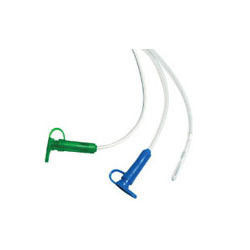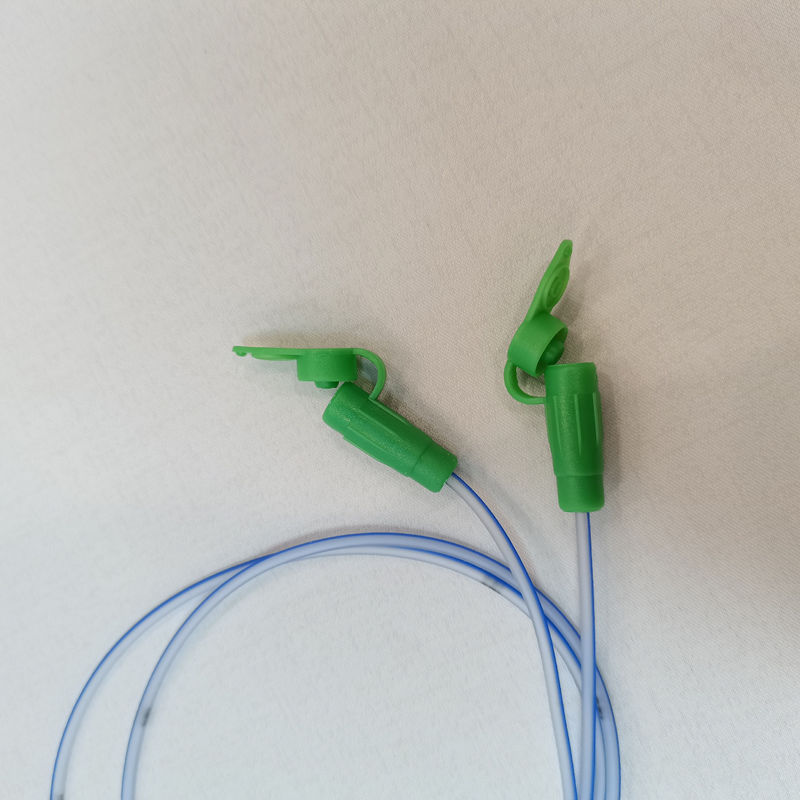
Medical Items 4-20FR PVC Feeding Tube Disposable Rectangular Tube
-
Highlight
20FR PVC Feeding Tube
,20FR Disposable Rectangular Tube
,4FR PVC Feeding Tube
-
Product NamePVC Feeding Tube
-
Mucus ExtractorMedical Materials & Accessories
-
MaterialMedical Grade PVC
-
ApplicationClinic
-
Instrument ClassificationClass II
-
Size4-20FR
-
OEMAccept
-
Tube SurfaceSmooth
-
ColorTransparent
-
SampleFree
-
Place of OriginChina
-
Brand NameHenan Aile
-
CertificationCE
-
Model NumberFeeding Tube
-
Minimum Order Quantity5000pcs
-
PriceNegotiable
-
Packaging Detailsindividually wrapped or customized
-
Delivery Time15-30days
-
Payment TermsL/C, T/T
-
Supply Ability1500000 Piece/Pieces per Month
Medical Items 4-20FR PVC Feeding Tube Disposable Rectangular Tube
Medical Items 4-20FR PVC Feeding Tube Disposable Rectangular Tube
Feature:
•Made of medical grade PVC. PVC (polyvinyl chloride) is a common material used in the manufacturing of medical tubes, including feeding tubes. PVC tubes are flexible, transparent, and biocompatible. They are available in various sizes, usually measured in French (FR) sizes, which indicate the outer diameter of the tube.
•X-ray opaque line throughout the length.
•The proximal end is attached with cap for better control.
•Different length is available.
•The scaling on the tube is available.
•DEHP-Free material is available
Order Information | Size(Fr) | Color Code |
| SR12161104 | 4 | Red |
| SR12161105 | 5 | Gray |
| SR12161106 | 6 | Light green |
| SR12161108 | 8 | Blue |
| SR12161110 | 10 | Black |
| SR12161112 | 12 | White |
| SR12161114 | 14 | Green |
| SR12161116 | 16 | Orange |
| SR12161118 | 18 | Red |
| SR12161120 | 20 | Yellow |
![]()
What can you eat with a feeding tube?
Foods that are popular for blending include sweet potatoes, bananas, quinoa, avocado, oats, nut and seed butters, chicken, yogurt, kefir, various grains, and milk (cow's, soy, almond, coconut, etc). Other liquids include water, broths, and juices.
Liquid Nutrition Supplements: Ready-to-use liquid formulas specifically designed for enteral feeding are commonly used. These formulas provide a balanced mix of macronutrients (carbohydrates, proteins, and fats), vitamins, and minerals. They are available in various flavors and can be tailored to meet specific nutritional needs.
Blenderized Foods: Some individuals may have their regular food blended to a smooth consistency for tube feeding. This can include pureed fruits, vegetables, proteins, and grains. It is important to consult a healthcare professional or a registered dietitian to ensure that the blended food meets the nutritional requirements and can flow easily through the feeding tube.
Thickened Liquids: For individuals with swallowing difficulties or aspiration risks, liquids may need to be thickened to prevent choking or aspiration. Thickening agents can be added to liquids such as water, juice, or broth to achieve the desired consistency for safe tube feeding.
Medications: Feeding tubes can also be used to administer medications in liquid form. Medications may need to be crushed or dissolved in liquid before administration through the tube. Always consult with healthcare professionals to ensure the compatibility and appropriate administration of
medications through the feeding tube.
Can you recover from tube feeding?
When patients reintroduce nutrition, their bodies must relearn how to process food, which is a process that can take anywhere from 3-6 months.
Is a feeding tube considered special needs?
Children with feeding tubes are typically considered children with disabilities, and are therefore covered by of the Americans with Disabilities Act.


